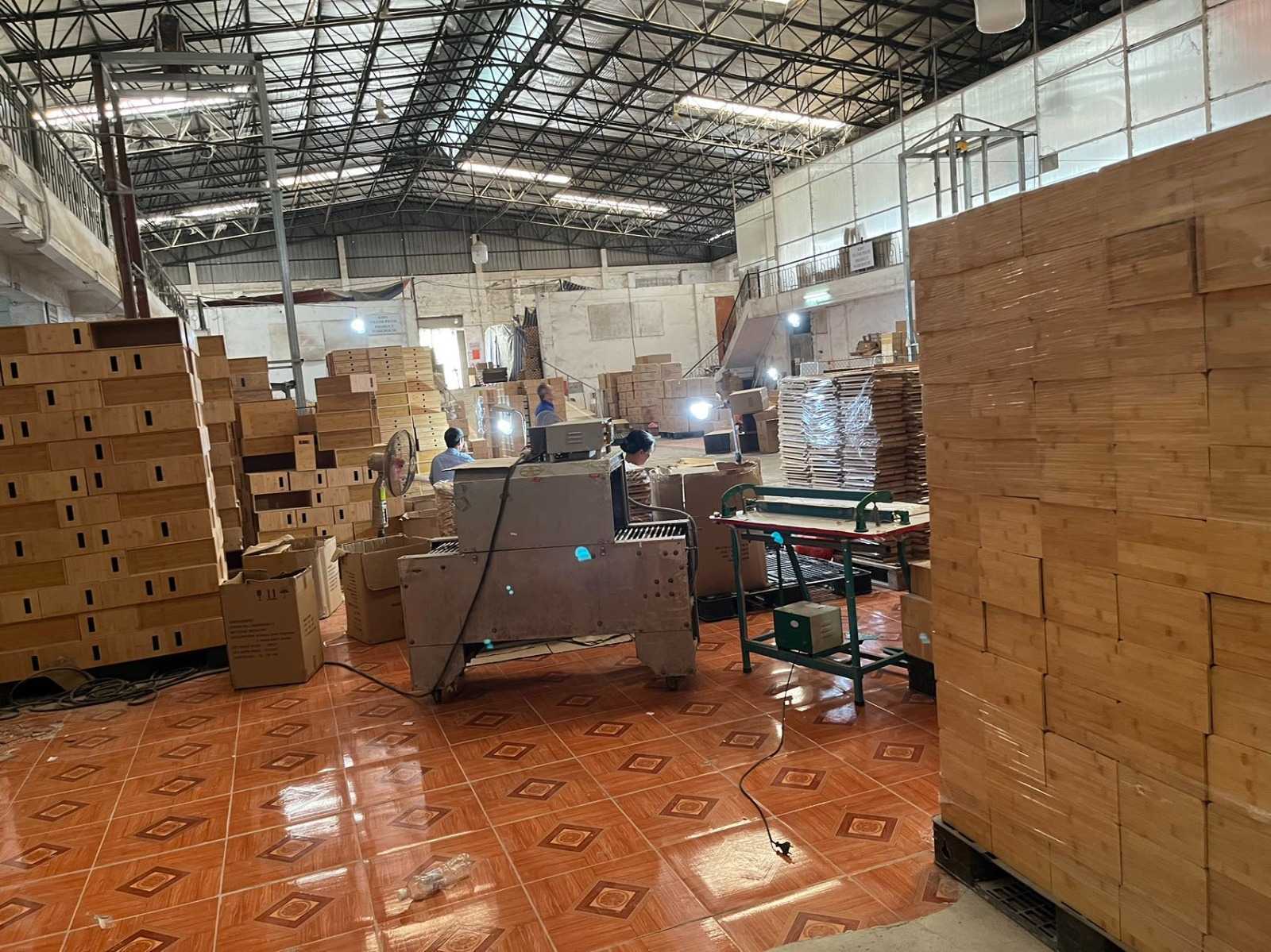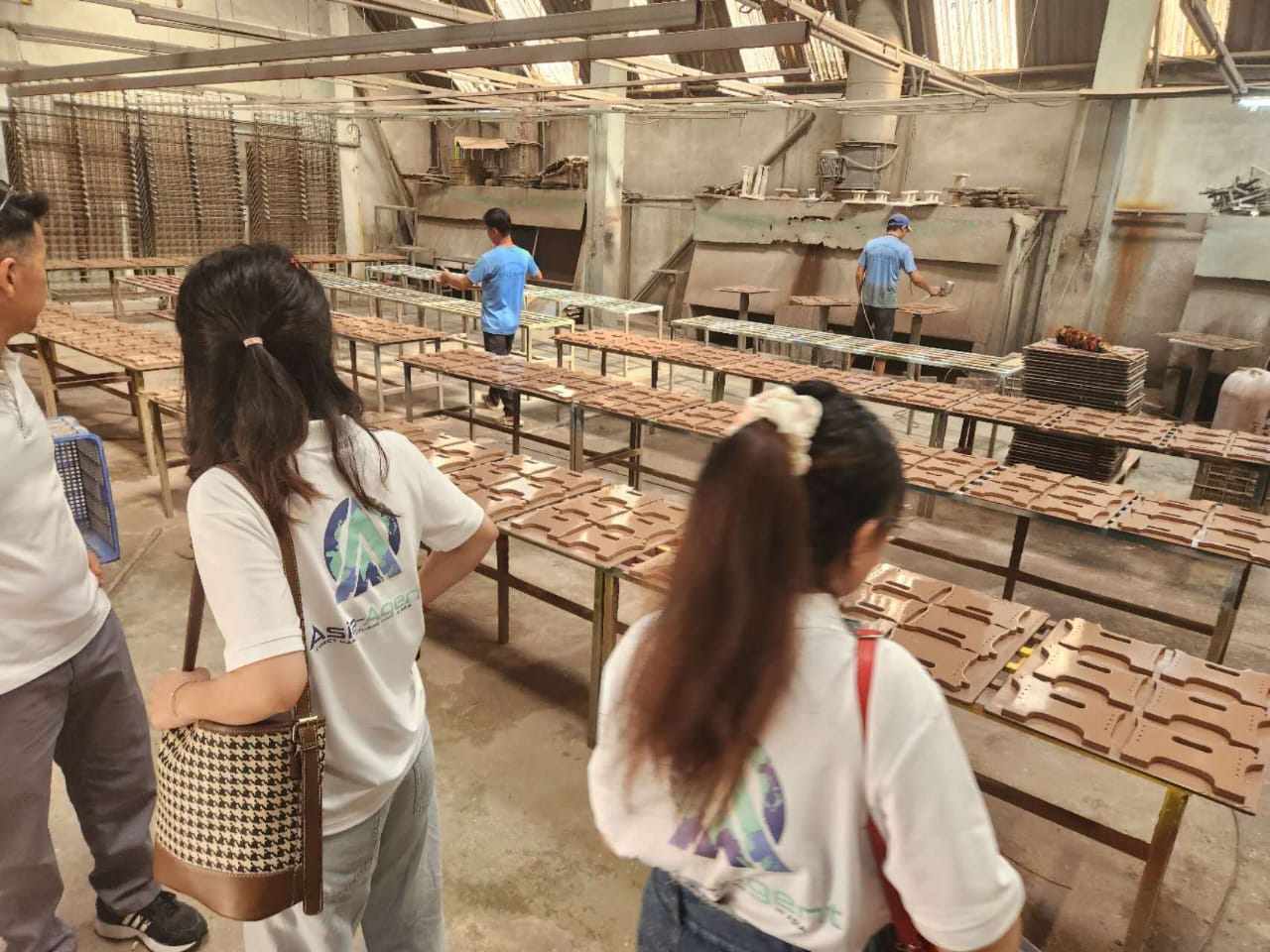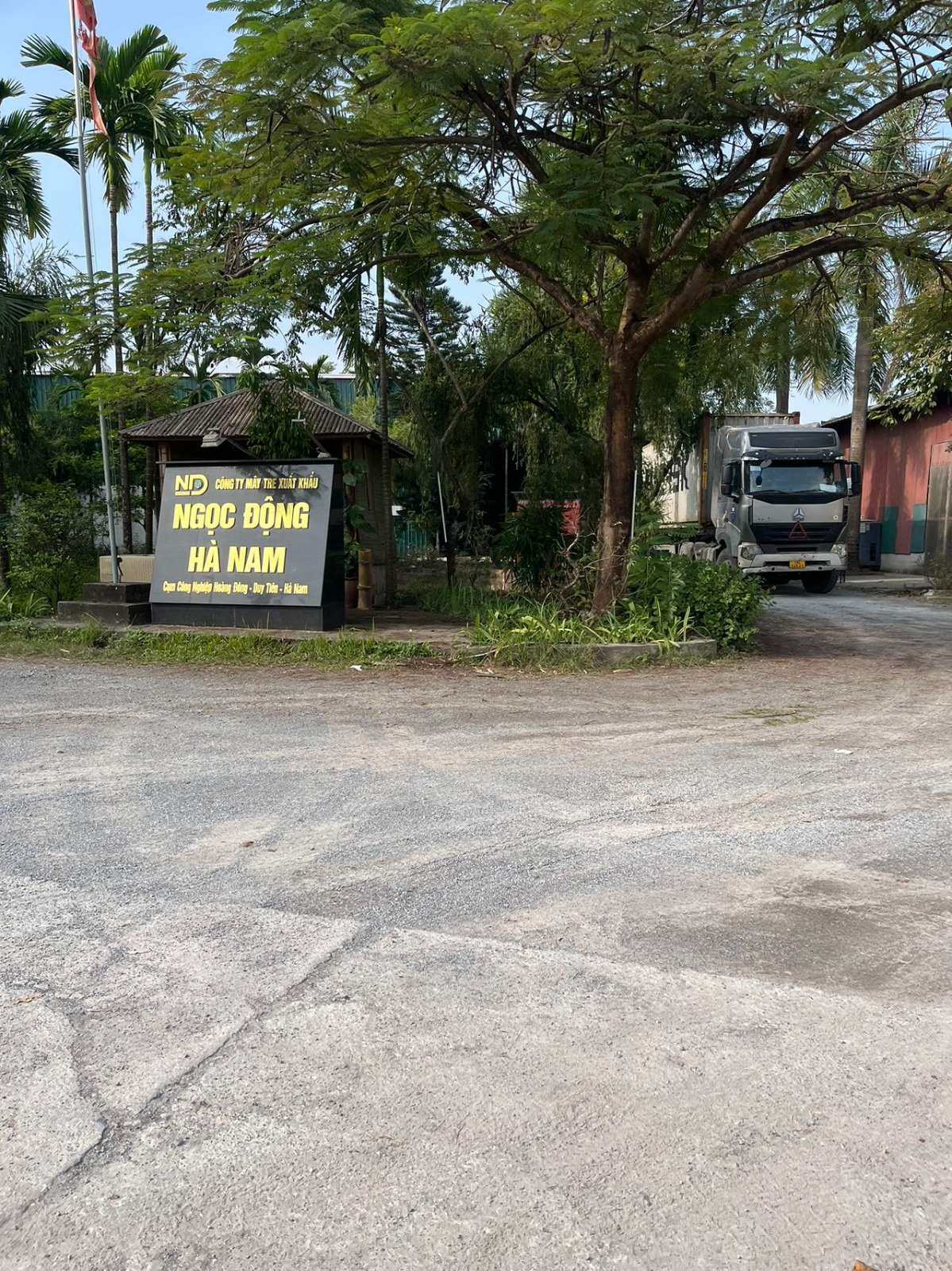Reciprocal Tariffs Are Here. This Is What a Smart Exit from China Looks Like
If you're still producing in China, you now face two problems:
- Prices that are already too high to be competitive, even without tariffs.
- A growing list of U.S. tariffs that will only get worse, broader, and more unpredictable under Trump’s reciprocal trade policy.
A lot of brands feel the pressure to get out—but let’s be honest:
Most exits are rushed, reactive, and result in trading one mess for another.
At Asia Agent, we believe exiting China is not just about finding a new factory. It’s about building a smarter system—one that’s mapped, protected, and sustainable across multiple low-cost hubs like Vietnam, India, Bangladesh, and Indonesia.
Here’s what a smart exit actually looks like—and how we help brands do it right.
The Wrong Way to Exit China
🚨 Brand gets hit with tariffs
🚨 Leadership decides to “test” Vietnam
🚨 A new agent is hired through a WhatsApp referral
🚨 A trial order is placed with no contracts, no QC, and no visit
🚨 Timelines slip, quality dips, and costs creep up
🚨 They go back to China—or worse, stay stuck with a broken new supplier
This happens every week.
And every time, the client says the same thing:
“We didn’t think it would be this hard.”
It’s not hard when you have the right map—and the right team on the ground.
What a Smart Exit from China Actually Looks Like
✅ Step 1: Map Your Exposure and Prioritize High-Risk SKUs
We begin by analyzing:
- Your current China-based SKUs
- BOM and component-level China exposure
- Tariff vulnerability by category
- Logistics dependencies (ports, transit times, container routes)
Goal: Identify which products to move first—and where they can land with the least disruption.
✅ Step 2: Select the Right Country for the Right Product
There’s no “China replacement.” There’s only category fit.
- Vietnam: Great for furniture, electronics, consumer goods, and bags
- India: Best for engineered products, metals, hard goods, and large-scale programs
- Bangladesh: Top-tier for garments and textiles
- Indonesia: Strong for labor-intensive goods and basic assembly
We place products based on tariff logic, labor cost, compliance complexity, and production stability.
✅ Step 3: Visit, Verify, and Contract the New Supplier
We don’t just email a few brochures. We:
- Visit the factory in person
- Audit their production process, raw materials, and client base
- Confirm certifications and ownership
- Draft OEM contracts with local jurisdiction, NNN clauses, and penalties
Your business moves with protection—not blind hope.
✅ Step 4: Manage the Transition Like a Product Launch
We treat every supplier shift like a new release:
- Sample production
- Material and packaging sourcing
- BOM harmonization
- Parallel production runs (if needed)
- QC protocols adapted to new factory standards
- First shipment pre-approval
No gaps. No delays. No crossed fingers.
✅ Step 5: Build the New System—Not Just the New Supplier
A single exit from China won’t future-proof your business.
That’s why we help you:
- Set up primary + backup factories across hubs
- Align quality standards, inspection formats, and packaging specs
- Standardize contracts across countries
- Centralize communication and reporting in one dashboard
- Train local staff in multiple hubs to ensure continuity
This is how you turn your exit into a supply chain advantage.
Why Now Is the Moment to Act
Trump’s reciprocal tariff policy will hit categories hard—and fast.
- Cars. Chips. Textiles. Furniture. Home goods. Pharma.
- Any country with a trade surplus or subsidy risk is fair game.
The winners won’t be the ones who waited for the next list.
They’ll be the ones who moved before they were forced to.
Final Thought: Don’t Just Exit—Advance
A smart exit from China isn’t just about leaving.
It’s about building a system in places where cost, cooperation, and opportunity still exist.
Asia Agent helps brands exit China the right way—calmly, strategically, and with eyes on the next five years.
You’re not running away from China. You’re moving toward control.




